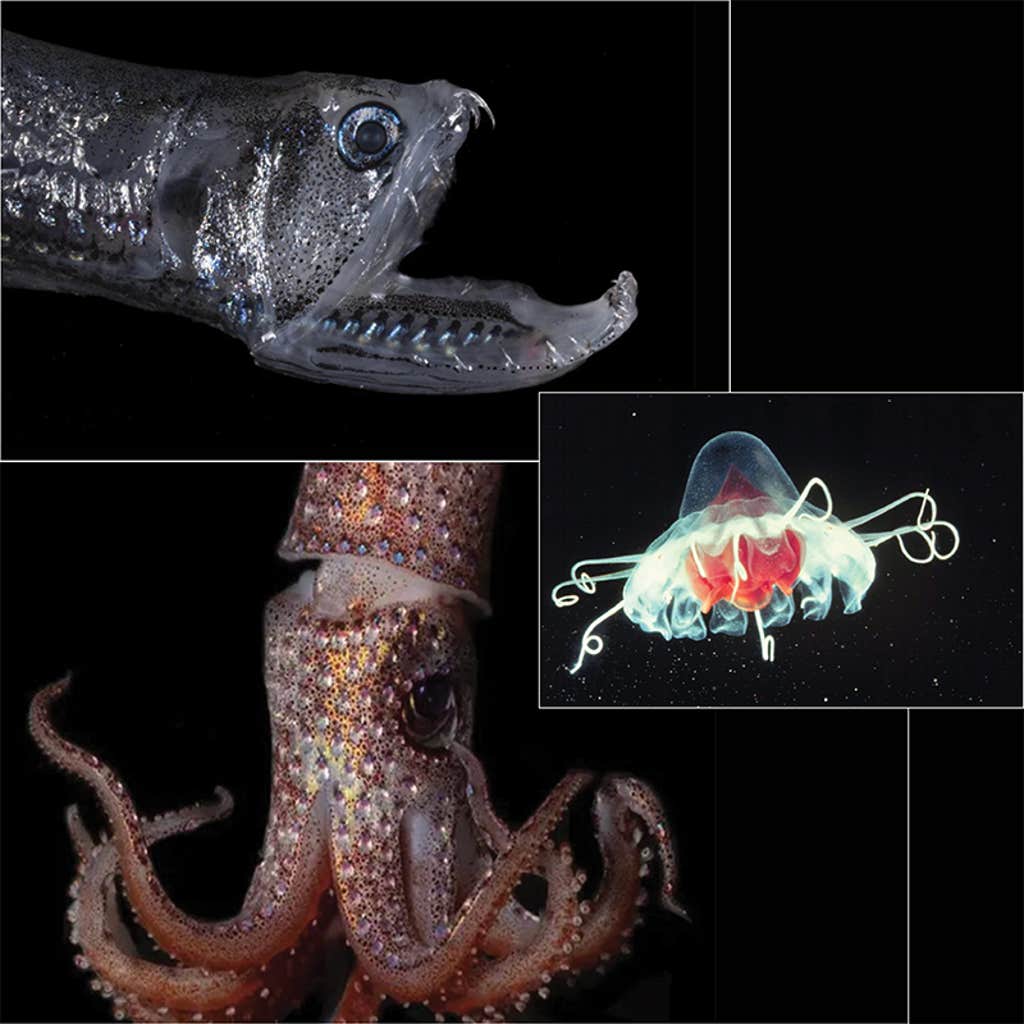It is not simple but simply consuming the best possible diet is a good start. For most this is too late and a radical change of eating habits is impossible for most. Again, I recall one chaps use of pure cabbage soup to solve everything.
that may well be good enough for most along with supplements perhaps.
The point is to displace starch and sugar outright..
Cancer Cells Can Be Starved to Death, Here’s How
MAY 20, 2022
A cancer cell in the human body in a stock photo. (Shutterstock)
https://www.theepochtimes.com/cancer-cells-can-be-starved-to-death-heres-how_4477408.html?
Just like how people survive on food, cancer cells survive on sugar.
Around one century ago, Otto Warburg, well-known German physiologist, discovered that cancer cells are addicted to sugar.
Normal cells depend on oxygen for their growth. Cancer cells, however, grow by devouring large amounts of glucose, even in an oxygen-rich environment. This phenomenon occurs in as many as 80 percent of cancers.
The metabolic way cancer cells use sugar as an energy source is called glycolytic metabolism. This phenomenon is known as the Warburg effect.
Cancer Cells Consume 100 Times More Sugar Than Normal Tissue Cells
The metabolism and growth rate of cancer cells are much faster than normal cells, and their consumption of sugar is also faster than we can imagine. It can be said that cancer cells are constantly thirsty for sugar.
In a 2014 paper published in BMC Biology, American scientists showed that many cancer cells specifically choose glucose as their food and consume glucose 50 to 100 times faster than normal tissues.
Cancer cells desperately absorb sugar and consume it rapidly in order to grow, multiply, and spread rapidly.
Sugar can produce carbohydrates, proteins, and fats, which to cells are like bricks, cement, and insulating materials with which to build homes. In addition, sugar also makes DNA and RNA for cells as their genetic blueprints.
Inspired by the Warburg effect, scientists have further developed a new way to diagnose cancer— positron emission tomography (PET).
It works by injecting the patient with a contrast agent (usually fluorinated deoxyglucose) and waiting an hour or so for the fluorinated deoxyglucose to enter the body’s metabolic system, at which point imaging scans are taken. When the glucose is concentrated in a certain area of the body, the image of that area will become brighter.
For example, when a patient is examined for pancreatic cancer, a normal pancreas does not light up on PET scans. However, when parts of the pancreas become brighter, it means that cancer is present.
A Diet High in Sugar Increases the Risk of Many Cancers
Cancer is not just one type of disease. It is a series of genetic or metabolic diseases caused by mitochondrial dysfunction of cells. Moreover, the organs or sites where cancer occurs are often places where the metabolism of the organisms is relatively vigorous.
Since cancer cells prefer glycolytic metabolism as their energy source, high consumption of sugar can lead to faster growth and spread of cancer. This explains why there is much epidemiological evidence that people with diabetes are more likely to develop cancer, especially breast, colon, prostate, liver, and pancreatic cancers.
A growing number of studies have found a direct correlation between sugar intake and increased cancer risk.
Researchers in the United States followed 3,184 Americans aged 26 to 84 from 1991 to 2013 and found that higher juice intake increased the risk of prostate cancer by 58 percent and higher sugary drink intake increased the risk of obesity-related cancers by 59 percent in subjects with over-central obesity.
A Swedish epidemiological cohort study of more than 60,000 women discovered that those consuming diets with high dietary glycemic index, high glycemic load and high carbohydrate intake were more likely to develop breast cancer. In addition, women in the group with the highest sugar intake (over 35 g of sucrose per day, plus consumption of sweet bread and cookies more than three times per week) were at significantly increased risk of endometrial cancer.
Several researchers in the United States jointly conducted a systematic evaluation of 37 prospective studies on sugar and cancer risk published in authoritative journals from 1990 to 2017. According to the results, high sugar intake may increase cancer risk by promoting insulin-glucose dysregulation, oxidative stress, inflammation, and obesity. Among them, two studies on added sugars showed that high sugar intake increased the risk of cancer by 60 percent to 95 percent. Out of 15 studies on sugary foods and beverages, eight found that the higher the intake of sugary beverages, the higher the risk of cancer, with an increase of 23 percent to 200 precent.
Furthermore, consuming too much sugar also increases cancer mortality.
In a study published in the journal Clinical Nutrition, researchers followed 7,447 tested individuals over many years to examine the association between sugar intake and cancer incidence, cancer mortality and total mortality. They found that for every 5-gram increase per day in liquid sugar intake, the incidence of cancer increased by 8 percent. Furthermore, simple sugar intake from beverages and fruit juices was associated with increased risk of overall cancer mortality and all-cause mortality. Beyond Cutting Sugars
You may wonder, since cancer cells love sugar, if we cut out carbohydrates and sugar completely, can we starve them to death?
Unfortunately, this is not the right way.
This is because our body’s functions are extremely sophisticated and complex. If we simply cut out sugar and carbohydrates, the body will quickly turn to other substances to maintain metabolism and survival. This is especially true of the cunning cancer cells. And those who have undergone specific cancer treatments need to consume adequate amounts of nutrients, including carbohydrates, to help their bodies recover further.
However, it is possible to block the cancer cells from eating sugar and consuming energy through specific treatments.
Dr. Sophia Lunt, associate professor of biochemistry and molecular biology at Michigan State University, gave a Tedx Talk to introduce the public to a promising new direction in cancer therapy, which is to treat cancer by affecting the metabolism of cancer cells.
By blocking multiple genes involved in cancer cell metabolism, Dr. Lunt has attempted to cut off multiple pathways that support cancer cell growth and metabolism at the same time, to stop the growth of cancer cells. Happily, normal cells could continue to grow during this process.
However, the process is very complicated. During her talk, Dr. Lunt presented the audience with a labyrinth-like picture of the metabolic mechanism of cancer cells. She added that the diagram had already been simplified.
According to Dr. Lunt, it is necessary to identify the main metabolic pathways of cancer cells, then figure out the specific role of each metabolic pathway, and finally develop a personalized treatment based on the specific patient’s genes, diet, and living environment.
It can be said that controlling the metabolism of cancer cells is a promising emerging direction for cancer treatment in the future.
Dr. Lunt mentioned in her speech that there are many types of cancer, but they all have one thing in common: the need to eat. She would like cancer cells to be starved to death.
Sugar Restriction
Although we cannot completely cut out sugar and carbohydrates from our diet, we can prevent cancer by consuming sugar correctly.
Control the proportion of carbohydrates in the diet: Carbohydrates are a general term for monosaccharides, disaccharides, and polysaccharides (such as starch). After being consumed, starch is broken down into glucose.
Our body needs carbohydrates, but a diet high in sugar and carbohydrates is dangerous for both healthy people and cancer patients.
To reduce the incidence of cancer, we can use the “plate method” to control the proportion of carbohydrates in each meal.
With the plate method, a typical meal is represented by the amount of food on a plate. We should fill one quarter of the plate with carbohydrate foods, another quarter with protein, and the second half with vegetables (as low on the glycemic index as possible). In the middle of the plate, there can be foods rich in healthy fats, such as avocado.
Choose complex carbohydrates: Complex carbohydrates are dietary fiber and starch. Starch, not easily digested by the body quickly, includes beans, whole grains, and sweet potatoes. They are not quickly converted into sugar in the body and are extremely rich in diverse nutrients.
Due to deep processing, the ratios of fiber, vitamins, minerals and protein in refined carbohydrates decrease. Once in the body, they are quickly broken down into large amounts of glucose. Typical refined carbohydrates include pasta and bread with fine flour, and baked goods, such as cakes and cookies.
We should eat fewer refined carbohydrates. We may want to replace half of our white rice with brown rice or mixed rice, replace white breads with whole wheat breads, or occasionally use steamed corn, sweet potatoes, pumpkins, or taros as staple foods.
We should limit our intake of sugar, especially refined sugar. It is better to eat low glycemic index fruits instead of drinking fruit juices. We should also avoid eating foods with high added sugar. If we want to add sugar to our food, we can replace white granulated sugar with natural sugar substitutes, such as stevia and monk fruit sweeteners. However, we shouldn’t use synthetic sweeteners as sugar substitutes, because they can damage the probiotics in our intestines and harm our health.
When cooking, we should use herbs and spices that have a hypoglycemic effect, such as fenugreek, onions, garlic, shallots, chives, cinnamon, bay leaves, and cloves.
.jpg)
.jpg)


